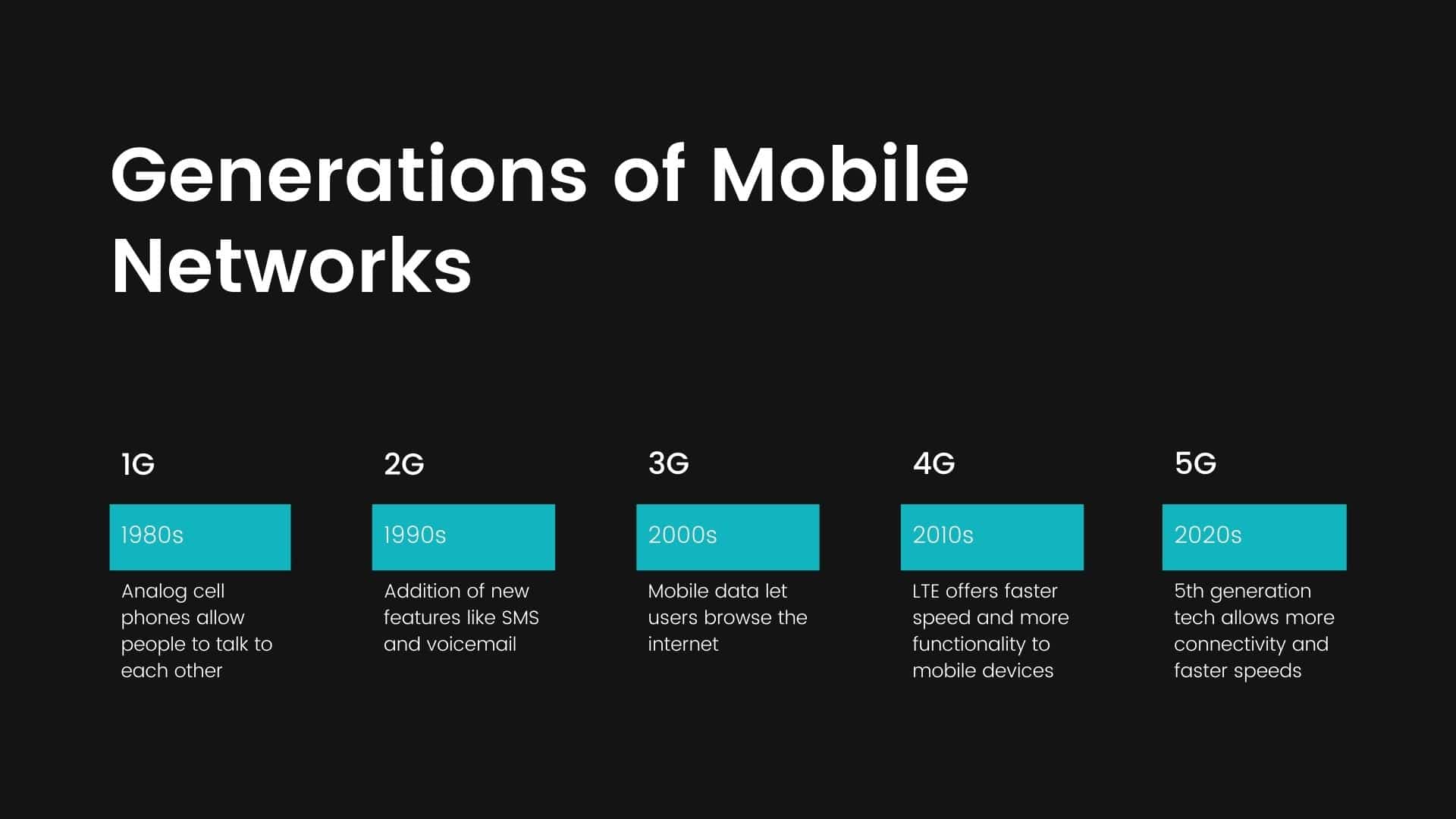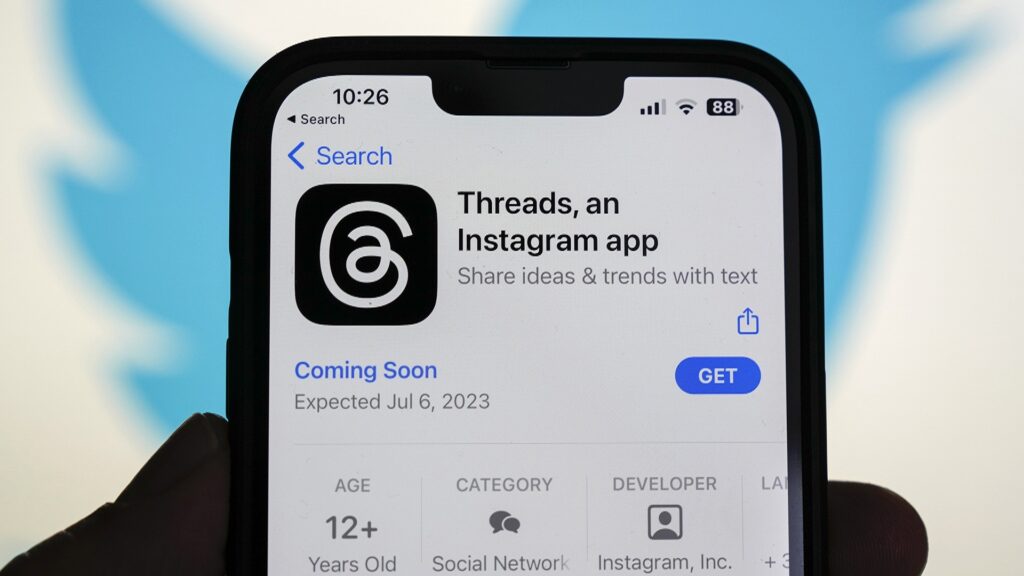In the past decade, we’ve witnessed the transformational power of 5G, ushering in a new era of connectivity, enabling faster speeds, lower latency, and the ability to connect more devices than ever before. But as 5G networks become more widespread, the tech world is already setting its sights on the next frontier—6G. This blog post takes a deep dive into 5G’s achievements and explores the promising future of 6G technology—what it could mean for industries, innovation, and everyday life.
The Evolution of Connectivity: From 1G to 5G
Before we dive into the excitement surrounding 6G, let’s take a moment to appreciate how far we’ve come. Over the last few decades, each new generation of mobile network technology has brought revolutionary improvements:

• 1G (1980s): Analog voice calls.
• 2G (1990s): Digital voice calls and SMS text messaging.
• 3G (2000s): Internet browsing, video calls, and faster data transfer.
• 4G (2010s): High-speed internet for streaming, gaming, and social media.
• 5G (2020s): Ultra-fast speeds, ultra-low latency, and vast IoT connectivity.
Each leap has dramatically transformed how we live, work, and communicate, and 5G is no exception. But despite its impressive capabilities, 5G is already showing signs of being outpaced by future demands. That’s where 6G comes in.
What is 6G?
6G is the next-generation wireless technology that promises to build on the foundations laid by 5G, pushing the boundaries even further. While 5G is already capable of supporting ultra-fast download speeds of up to 10 Gbps, 6G is expected to provide speeds of up to 100 Gbps, or even more, unlocking new possibilities for consumers and businesses alike.
But 6G is about more than just faster speeds. It will bring a combination of innovations that could completely redefine how we connect to each other and the world around us. Some of the key features and concepts of 6G include:
Blazing Fast Speeds
6G is expected to deliver speeds up to 100 times faster than 5G. This means that download times for high-definition movies, large files, and immersive media could be nearly instantaneous. Expect data transfer speeds that can handle 3D holograms, 8K video, and real-time remote interactions.
Ultra-Low Latency
5G reduced latency to around 1 millisecond, but 6G aims for a near-zero latency experience, potentially as low as 0.1 milliseconds. This will be crucial for applications that require real-time responsiveness, such as autonomous vehicles, industrial automation, and remote surgery.
AI-Integrated Networks
6G will leverage the power of artificial intelligence (AI) to optimize networks. AI will manage network traffic, allocate resources, predict demand, and ensure continuous connectivity with minimal human intervention. This integration will create self-optimizing networks capable of adapting to changing environments and user needs in real-time.
Ubiquitous Connectivity
Whereas 5G has significantly expanded coverage in urban areas, 6G aims to provide global connectivity, even in the most remote and underserved regions. Satellite-based networks and terahertz frequencies could enable consistent, high-speed internet access, even in rural areas, remote islands, and even during space missions.
Holographic Communications
6G will make holographic communications a reality. Imagine having a 3D hologram of a colleague or loved one appear in your living room for a meeting or casual conversation—this will be possible with the vast bandwidth and ultra-low latency of 6G. It will redefine how we interact in virtual spaces.
Mixed Reality and Extended Reality
Building on the immersive experiences enabled by AR (augmented reality) and VR (virtual reality), 6G will enable Mixed Reality (MR) experiences at a scale and quality never seen before. With such high speeds and low latency, users will experience seamless, immersive virtual worlds that blend the physical and digital realms in real-time, leading to innovations in gaming, education, entertainment, and remote work.
In conclusion, as we look ahead, it’s clear that 6G will not simply be an extension of 5G; it will be a quantum leap forward in how we connect, communicate, and interact with technology. From AI-optimized networks to holographic communication, 6G promises to unlock a world of possibilities that we can only begin to imagine.
In the coming years, we’ll see 5G continue to evolve and expand, laying the groundwork for 6G to take center stage by 2030. The future of connectivity is exciting, and 6G will undoubtedly redefine the digital landscape, creating opportunities that will drive innovation across industries and revolutionize everyday life.


